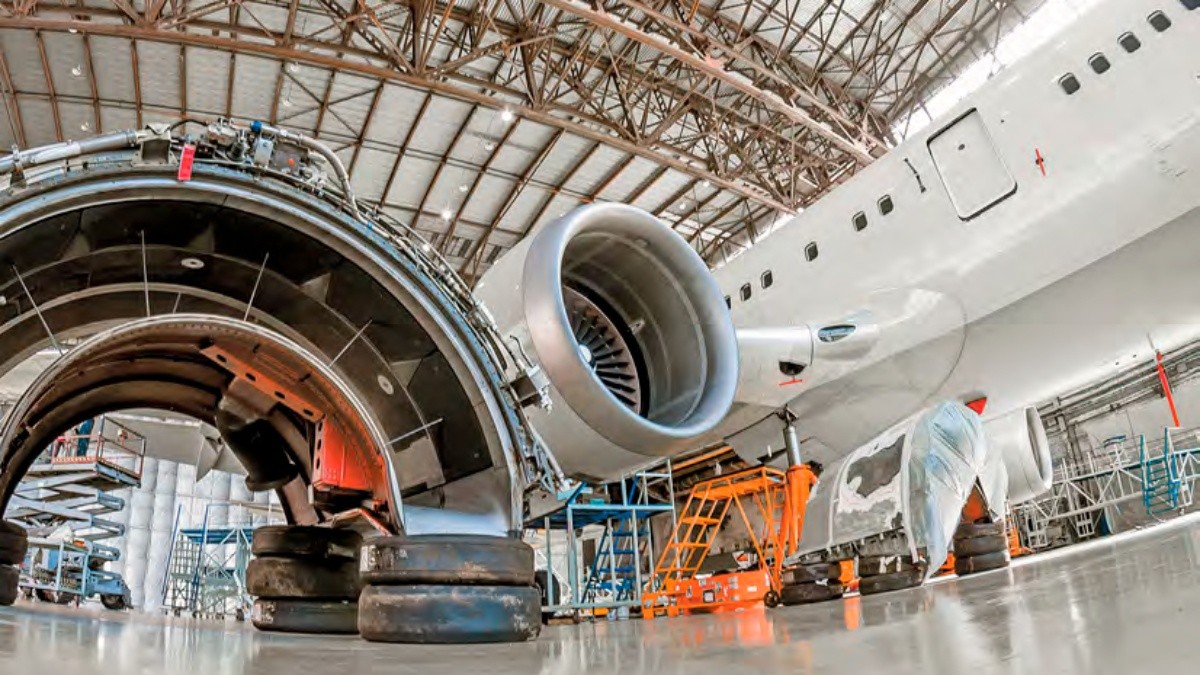IoT is a new technology that many sectors have adopted as a component of their digital transformation strategy. IoT technologies provide data sensing, tracking, monitoring, and capturing capabilities that enable real-time visibility into operational activities and services. As a result, these deployed IoT sensors can provide data-driven insight leading to continuous improvement.
Aircraft performance, safety, and quality of service have greatly improved in the aerospace and aviation industries due to IoT integration. IoT is employed in several facets based on operational gaps or opportunities for improvement. Those within the industry who have implemented it are experiencing solid returns both in terms of technology enablement and business outcomes.
Let’s have a look at recent experiences and potential transformative impacts below:
Maintenance
IoT can improve maintenance processes. IoT technologies can track the conditions of operating planes and their parts. This data may be sent to engineers to prioritize which aircraft maintenance function to undertake first; this reduces planes’ runway time and ensures adequate maintenance.
Safety
Different components of the plane with various sensors that can detect flight velocity, airplane angle, climate conditions, etc., linked to a central system, can let the devices interact with each other and be monitored by pilots or ground control. It provides efficient operation and preventative procedures for the aircraft and its operators/passengers.
Traffic Management
Flights may be tracked via a system of their arrival and departure timings to see runway availability and pauses. Traffic management crews could also combine artificial intelligence to develop effective conclusion-based plans to organize flights based on arrival and departure, further improving the transportation of goods.
Cargo Tracking
IoT can transform this pivotal aviation function. Cargo management and tracking may be challenging for organizations needing to have visibility into their assets and associated locations. IoT-enabled barcodes or chips can allow operators to track the location and condition of their cargo from their computers or smartphones when shipping on a flight. Combining such monitoring devices with AI might optimize the movement across the supply chain.
Cabin Temperature/Humidity
Airplanes can be fitted with temperature/humidity-detecting sensors to improve the cabin environment. Automated temperature/humidity management systems strategically installed in the cabin can monitor the environment based on location and weather predictions.
Smarter Aviation Facilities
The objective is to have automated and sensor-based systems that collect pilot, passenger, operator, and asset information and lead the people and things through various key activities and processes efficiently and effectively. This would make the entire process more operationally sound and automated, reducing delays and management issues for airport authorities and employees who are challenged.
Final Thoughts
Aerospace and aviation are essential for many reasons. It facilitates the travel and shipment of goods and services and creates jobs and economic growth prospects worldwide. IoT has transformed the sector, as linked devices and sensor-based systems enable regulation and administration in the aerospace industry.
We’re Thinaer and we’re a team of PhDs, technologists, artists, data scientists, and business strategists. What do we do? We help the World’s leading enterprises optimize their operations at scale. Talk to us today!

